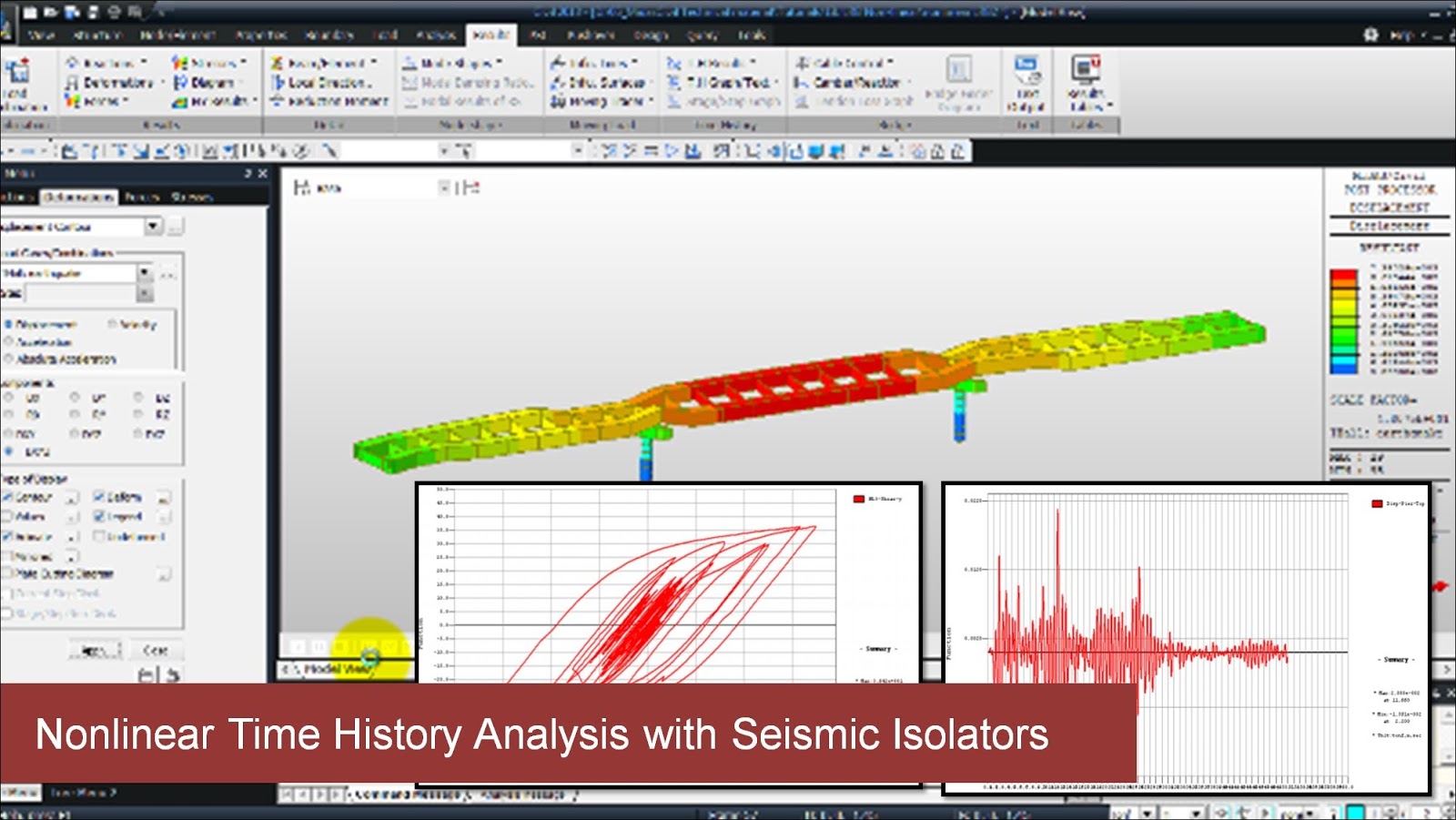

Important features are included as follows: Generation of influence line and influence surface for displacements, member forces, and reactions due to moving loads. Kindly reply back if you have any further issues. The moving load analysis function in midas Civil is used to statically analyze and design bridge structures for vehicle moving loads. We can remove traffic lane optimization (for longitudinal design of bridge), which can remove some time from the analysis.įurthermore, we can try using a computer with high memory card/processor to increase the analysis speed. It can be observed from your model that we have below:ġ) 8 Traffic lanes - with traffic lane optimization turned on - thereby program will create 8x3 = 24 lanes internally.Ĥ) Normal+concurrent force/moment turned on in "Moving load analysis control options"īecause of the above reasons computationally time will tremendously increase. Unfortunately we can’t afford to resolve the whole model every time we want to get the concurrent shear/moments combinations.Īny help on this will be much appreciated. To date, we have always created an static load Case from the Moving Tracer to work out the concurrent load effects. We need to get results for the concurrent moments and shears along the beam elements, is there a way we can set up the moving load analysis to achieve this whilst speeding up the analysis time. We left it running over the weekend, only to find that it was 40% analysed in the LL and we can’t use our computers during the time MIDAS is solving. Kindly modify the model and reanalyze.We have a model (see attached) that is taking an excessively long time to solve.

Once the elements are properly divided, a gap as shown in the image below would be visible with shrink view on. To rectify this, the element could be divided by the said node as shown in the image below or these elements could be recreated. So, there is no intermediate support from such pier location and hence the analysis is failing. This basically means that the node does not divide that particular element and hence here is no force transfer from the main girder to the said master node. It could be noted that at several master node locations, the element is not shrinking.

This option basically shrinks the element between the nodes in proportion to its actual length. The above image is taken after enabling the shrink option from view tab. The reason for failure is actually incorrect geometric modelling. I am assuming it is too large a file? Is there anything I can do to refine the model to allow me to solve with traffic loading? Answer:Hello, At our end, the model is failing even under self weight. I am happy that the model is correct however when I add the traffic loading it will not solve. I attach a model of a bridge I am working on.


 0 kommentar(er)
0 kommentar(er)
